|
By Shelby Gibson While the weather may not be a good indication, now is the perfect time to start the process of growing many of Ontario’s native plants. Growing native plants is becoming an increasingly important skill as more restoration projects focus on growing native species, and as home gardeners try to support declining pollinator populations. There is an increasing interest in growing native plants, however growing them is different from many other commonly grown garden plants. When growing native plants from seeds germination rates will be partially determined by the method of seed preparation used. Many native plant seeds need to be started in the fall or winter. There are various methods of preparation which are used to break the seeds dormancy and encourage germination. A process called cold stratification is used to mimic outdoor conditions that the plant would experience in its natural environment. This means placing the plants in the fridge for a period of time prior to germination (e.g. 60 days) inside a plastic bag or container. The length of time the plants undergo cold stratification varies between species. Another factor is moisture, meaning some plants need to undergo cold moist stratification. In this case, a source of moisture, such as a damp paper towel, is placed in the container or bag with the seeds during stratification. Yet another type of preparation required by some seeds is scarification, where the outer layer of the seed needs to be physically broken down in order for germination to occur. This can be done with items such as sandpaper. After their preparation period, native plant seeds can be started in a soil mixture in pots or trays. Some require being placed inside the soil while others require simply being sprinkled on top of the soil. The diversity of ways to start native plant seeds represents the great diversity of native plant species the seeds produce. Diversity in methods of preparation and growing means that native plants can be somewhat more complicated to get going. It is important to learn the requirements of each plant prior to beginning in order to ensure that each particular species is prepared correctly. This will lead to increased success with germination and eventually with transplanting the seedlings outdoors. Healthy seedlings are important to the success of planting and restoration projects, and therefore the skill of growing native plant seedlings is important as well. Growing native plants from seeds can be a highly satisfying experience, with the added bonus of providing food for some of Ontario’s native fauna! Helpful Resources: Native Plant Network – Propagation Protocols; https://npn.rngr.net/propagation/protocols Indigiscapes.com – A Native Plant Propagation Guide and Nursery Model; https://indigescapes.com/blog/printed-version. North American Native Plant Society – Indoor Native Seed Stratification; https://nanps.org/96358-2/. And always be sure to follow the ethics of seed collection: North American Native Plant Society - Seed Collecting; https://nanps.org/seed-collecting/. Blooming Boulevards - Seed Collectors Code of Ethics; http://www.bloomingboulevards.org/ethical-standards-forr-naseed-collecting.  About the Author Shelby Gibson (B.Sc., M.E.S.) is a PhD Candidate at York University using a biocultural lens to further understand plant-pollinator interactions. Shelby's research focuses on native medicine plants and other culturally significant plant species. Shelby is interested in solving conservation-related problems using a social-ecological perspective. Follow along on Twitter to keep up with research updates! (@GibsShelby).
3 Comments
By Jackie Hamilton If you are like I once was, the word forestry evokes an image of lumberjacks or large clear-cuts. I have learnt a lot while working in in the sector and I am writing today to try and convince you that forestry is not a bad word for biodiversity. I have had the pleasure of seeing forestry around the world. From what I have seen, our practices in Ontario are some of the best for biodiversity. I am not saying things are perfect, but I am making a plea to you today to learn more about forestry in Ontario. It might surprise you. Ontario has a lot of certified sustainable forest land when compared to other places. This means that third party certification bodies agree our forests are being managed sustainably. For example the Forest Stewardship Council (FSC) is a well-known and respected third party certification body. In this province, to be a Professional Forester you are regulated the same way an engineer might be. I am currently going through the process of becoming a registered professional myself. I can verify that the process is thorough and foresters in Ontario are competent and experienced before practicing. Being a forester does not just mean cutting trees for timber, but that can be a part of it. As someone who cares about biodiversity, I want the products that we use everyday to be coming from sustainable sources. Ontario’s foresters are working to try and ensure this is the case. Ontario forest products include many of the traditional uses such as furniture, flooring, and fire wood. But they are more recently becoming strong petroleum and steel replacements.New products include biofuel, plastic replacements and composite wood beams. Most of our forests in southern Ontario are fragmented from development. They are facing threats like invasive species. Oonce you learn to identify an invasive species, you will begin to see them everywhere. These forests require active management to maintain ecological integrity and biodiversity. Otherwise, they will become something near monocultures of invasive species that support little diversity. I have seen several examples of this around abandoned industrial sites and even in people’s backyards. Because many of our forests are near our communities, we suppress natural disturbances like fire. Fires would naturally increase habitat and biodiversity. With fire suppression, forest management becomes even more critical for biodiversity. A big and growing area of forestry is the one I work in, urban forestry. Forest management requires that you think long into the future about what your forest will look like. It also requires you to consider the ecological, social and economic impacts of your management decisions. It’s obvious that managing urban forests requires these same considerations. Maybe even more so. The University of Toronto’s Faculty of Forestry is the oldest Faculty of Forestry in the country. It’s also where I studied forest management and forest conservation. The faculty brings together foresters, economists, entomologists, ecologists, government, NGO and industry professionals. It facilitates open discussions about the challenges and opportunities facing forests in Ontario. The university is currently going through consultation to determine the fate of the 100+ year old institution. You can learn more about how the Faculty has affected others, and add your voice to the petition here.
By Brian Millard It has been estimated that we are losing species 1,000 times faster than normal, and have even deemed this period of time as the Holocene extinction. The irony of this whole situation is that the species causing these extinctions (that’s us, by the way) is the same species whose survival depends on the survival of other species on the planet! What a twisted web we have all laid. How do we undo what we have done and effectively protect Earth’s biodiversity? To make it make sense in my head, I’ve broken it down into 3 levels. The first level is the individual level. Sadly, just like going on a diet, there are no quick solutions! So we have to get back to the basics. That’s right, it means using all three R’s! We should all be reducing our rates of consumption and waste production. We should only be using products with multiple practicalities so we can reuse them as much as possible. And finally, we must recycle what we aren’t able to reuse anymore. It is also important to support initiatives that preserve and protect biodiversity in your area. That can include supporting an environmental organization, joining in a BioBlitz, or starting up a tree-planting event or community garden! The second level involves industry. We interact with companies and corporations on a minute-to-minute basis. There is are a small portion of people who are completely self-sufficient, and we usually call them “crazy forest people” and then watch their TLC reality show. We have a lot of power as the consumer, but we rarely use it on behalf of the environment. So here is my challenge to you! READY?! It’s quite easy, go through your life today and pick three brands that you encounter (yes, No Brand name is still a brand!) and go to their Contact Us page on their website. Send them a message and ask what their Environmental Policy is and what they’re doing to make it better. You might be surprised with the responses you get! Finally, the third level is all about the government! Our voice doesn’t lose power after an election, and it’s important for us to not forget that. We need to constantly remind our government of their role as environmental leaders, and hold them to the promises they make while getting our votes. It’s actually super easy to get in contact with your members of parliament, just click HERE. Send an email or call or write a letter and make sure that your government is doing everything possible to protect and preserve our country’s biodiversity. I would like to apologize for not providing a revolutionary idea on how we can help with biodiversity loss. It really boils down to reminding ourselves that every decision and choice we make has an effect on the world around us. Even if you aren’t a politician or the CEO of some corporation, you can do many things to protect and preserve the species we share Earth with. Since it’s almost 2016, let’s make a new year’s resolution to become more informed global citizens and active participants in the protection of Earth’s biodiversity! This blog is also posted on Earth Unfiltered.
By Brian Millard As somewhat of a science-nerd I find it fascinating to be living during a global science experiment. Quite often we are looking to see if there is a cause-and-effect situation going on and not just random events. Well, the scientific community has come to a resounding consensus that human activities (burning fossil fuels, over-fishing, pollution, etc.) are causing global biodiversity loss. If you are able to read this article right now, I would like to formally welcome you to the Holocene Extinction. Also known as the Sixth Mass Extinction. Now there is no need to raise an alarm and start stocking up on bottled water and cans of tuna, because this extinction event has been going on for the last 9,000 – 13,000 years! Hold on! If this mass extinction has been going on for 13,000 years, how is it possible that humans have had that big of an effect? True. Unfortunately there was no CNN or Buzzfeed back then to say for sure what caused the extinction so long ago. Some think that following the last Ice Age, certain species couldn’t adapt fast enough as the environment changed. Others believe that these early extinctions were caused by the proliferation of modern humans. Regardless of the distant past, it is glaringly obvious that modern humans have been the cause of modern extinction. It is hard for me to think of one activity I do in a day that isn’t directly, or indirectly, linked to biodiversity loss. The Holocene Extinction event has affected every major group of plants and animals on land and in water. The trickiest part is estimating the current rate of extinction. Especially when you consider that we share Earth with an estimated 8.7 million different species of plants and animals, and have yet to name 88.5% of them. There are a couple of estimates for our current extinction rate. Stuart Pimm, a theoretical ecologist, stated that the current extinction rate of plants is 100 times higher than pre-human rates. A study published in 2014 in Conservation Biology claims that our current extinction rate is 1,000 times more than the natural background rates. Long story short, we are losing more species of plants and animals than we are gaining new species. Mass extinction isn’t a new phenomena to our planet. The fact remains that this extinction is occurring because of a certain species of animal and within such a short ecological time frame. Itis something that is both terrifying and fascinating. This blog is also posted on Earth Unfiltered.
By Jenna Siu When I tell people I did my master’s working with butterflies I get a lot of different reactions. Among fellow biologists, there is a certain appreciation for a study species even if it may not be their species of choice. However, among the general public it is a different story. "Butterflies, are they even animals?" Butterflies are indeed animals and there are tons of reasons why butterflies make great study organisms. They are relatively easy to catch and handle, and mostly easy to observe. Plus, butterflies are relatively short lived, which makes it easy to study them over many generations. Because of this, a number of butterfly populations around the world have been monitored for decades, resulting in work that has made major contributions to our understanding of population dynamics and conservation. Part of my project was to assess the Eastern Tiger and the Spicebush Swallowtails’ movement relative to forest edges in the fragmented landscape of southern Ontario. Did they move towards it, avoid it, or a bit of both? To learn about this we caught butterflies and released them at different distances from the edge and followed them using a GPS unit to record their movement. Working on butterflies had a few benefits. They come out when it’s sunny and are active during the day. Swallowtails are some of the largest butterflies in Ontario, so they take longer to warm up. I didn’t expect to see many out before 10 am or after 5 pm. On a typical day, I rolled out of bed around 8:30 am, ate breakfast and prepared my lunch. Eventually my field assistant would follow, we would pack the car and be on the road at 9:30 am. We would pack butterfly nets, a cooler with ice packs and a towel, many glassine envelopes, a permanent marker, GPS unit, field guides, lots of sunscreen and water. After arriving at a site, we would walk around with our nets, sometimes up and down a road, through fields or along the forest edge looking for swallowtails. People often say to me, “I picture you frolicking in the fields catching butterflies.” Clearly, they have never gone butterfly catching before. Catching butterflies is anything but graceful. In fact, some advice I was given before heading to the field was, “if you don’t look silly doing it, you’re not doing it right.” Truer words have never been spoken. Swallowtails are very strong fliers; they can fly high and fast. I couldn’t count the number of times a swallowtail has out flown me or made me run in circles. I have chased after falling leaves, fallen on my face, gotten scrapes and bruises, gone through poison ivy and swarms of deer flies and mosquitoes all to get one more sample. Through many failed attempts, I quickly learned the tricks of the trade. It is much easier to sneak up on swallowtails while they are on a flower feeding on nectar. However if you miss, you have about a 30 second window to redeem yourself; otherwise it will likely out fly you. You can also catch them mid-flight or chase after them, but trust me, it is much harder. By mid-field season, my field assistant and I were pro butterfly catchers, catching well over 600 throughout the summer! Once a butterfly was caught, we would carefully take it out of the net, put it in a glassine envelope and in the cooler. Butterflies are ectothermic, meaning their surroundings determine their body temperature. So, putting them in a cooler does minimal harm – as long as it’s not too cold! There are a lot of myths about touching a butterfly’s wings and people always ask how safe it is for the insect. Their wings are covered in a powder like substance that is actually tiny scales. This is what gives them their bright colours and patterns. Lepidoptera, the scientific order they belong to, means ‘scaly wings’. As butterflies age, they lose their scales naturally. Although, you don’t want to handle them too much causing them to lose scales faster, it is very safe to hold them by pinching the wings together just behind the head – the strongest part of their wing. After a few butterflies were caught, we would bring them to the release site. For each butterfly release, we would take a butterfly from the cooler, sex it and give it a unique ID in case we caught it again. To mark butterflies we simply used a permanent marker to write on their wings. For Eastern Tigers, which are mainly yellow, it was easy to write a number on their underwing. For the Spicebush however, they are mainly black. They have six orange spots on their underwings that we marked in unique patterns. After recording this information, we would put the butterfly on the ground, wait for it to take off and follow it using flags and a GPS unit, doing our best not to influence its flight. We did this repeatedly throughout the day. When 5 pm rolled around and few butterflies were to be found, we headed back to the field station to make dinner ending the day with a few beers around the campfire. I have now completed my master’s and as it turns out, forest edges are an important landscape feature for these swallowtails. It can be stressful to manage your own research project, but when it’s all said and done, I only have fond memories of spending the hot summer days catching butterflies. This blog is also posted on Dispatches from the Field and Jenna's website
By Patrick Schaefer As a child, my parents took me and my sister to a Conservation Authority park almost every weekend. My favourites were Mountsberg, Hilton Falls and Crawford Lake. These parks are in the vicinity of the Niagara Escarpment. They support high levels of biodiversity and contain a range of natural features like streams, lakes, wetlands and forest habitats. These are still my favourite parks to this day. Parks Canada is celebrating Canada’s 150th birthday by giving free admission to national parks in 2017. But let’s take a minute to learn about Conservation Authorities (CA). They are another type of organization that protects natural spaces and engages people with nature. You may have missed it, but 2016 marked 70 years of CAs protecting Ontario’s Biodiversity. A total of 36 CAs operate in Ontario. They provide programs and services to 90% of Ontario’s population. Conservation Authorities are non-profit organizations. They operate with a board of directors appointed by municipalities within their jurisdictions. The 1946 Conservation Authorities Act mandates that CAs manage water, land and natural resources. They do this through restoration, management and conservation actions. The 1920s and 30s was a peak time of extensive deforestation, soil loss and widespread degradation of natural resources. CAs were created in response to this poor land and resource management. In 1954 Hurricane Hazel dropped ~280mm of rain on southern Ontario. Combined with winds of >100km/hr, this event resulted in 81 deaths and $25 million dollars in damages. Today that would be equal to over $250 million. After review, the Conservation Authority Act was amended in 1959 to include protecting people and property from flooding. Most people may be familiar with CAs for their local parks. They serve to protect natural areas and act as a resource for education and recreation for the public. Ontario’s CAs own and protect nearly 150,000 hectares of our natural and cultural heritage areas. In addition, CAs play a major role in restoration efforts. In 2012 they collectively planted more than 3 million trees, provided $8.4 million for water quality improvement projects. These projects were related to erosion control and agricultural best management practices. They also carry out restoration and rehabilitation of aquatic and terrestrial habitats. But CAs are about much more than land protection. CAs manage $2.7 billion dollars in flood control and prevention infrastructure. Prevention infrastructure can include dams, dykes, channels and erosion control structures. These structures and activities save roughly $100 million dollars annually in preventing flood damage and loss of life! Conservation Authorities also play an important role in monitoring healthy ecosystems. In partnership with provincial agencies, CAs track surface and groundwater across Ontario. They monitor aquatic ecosystems by assessing fish and aquatic insect communities. Biological monitoring occurs at more than 1000 sites across the province. Since graduating with a M.Sc in 2014 I have worked at two Conservation Authorities conducting biological monitoring. Contributing to the preservation of natural spaces and conservation of biodiversity has been an incredibly rewarding experience. With the money you are saving from free admission to Parks Canada this year, consider visiting some parks at your local CA. It will support the many great programs and services they offer. There are also many opportunities to get involved. Most CAs offer volunteer opportunities in restoration and monitoring projects. To learn more, check out the Conservation Ontario website and your local CA.
By Brian Millward Sometimes I wish that humans were disconnected from nature. I imagine this wonderland where our global population has no effect on the natural world. Everyone just goes about their day as normal, without any ramifications. Then reality sets in and I have to face the facts that our actions do have an impact on the world around us, and I mean every action! Already as I sit here on my laptop (electricity consumption), drinking my green tea (agriculture and transportation), and wearing my pajamas (water pollutants and waste) I have probably single-handedly wiped out a species of microbe! It seems almost impossible to think of an activity we do that doesn’t jeopardize the biodiversity on Earth, including our own species survival. That’s the hilarious part about conserving biodiversity – it’s not about the millions of species of plants and animals, but about us. Our very existence is dependent on the services that plants and animals provide for us here on Earth. There’s pollinators that keep our crops healthy, medicinal plants that heal us, and plants and animals that nourish us. There are even microscopic creatures that decompose our waste, and phytoplankton that create oxygen that we breathe! Our reliance on the species with which we share this planet is staggering. Yet we continue to have a delusion of superiority towards all other life forms. However, we are far from perfection. For instance, the value of pollination by bees is estimated around 16 billion dollars in the US alone! Without that ability to effectively pollinate, which has taken millions of years to evolve, we would not be able to enjoy many of the fruits and vegetables we consume. There are countless examples of how dependent we are on the natural world around us. As much as we try to break away from the laws of nature, we constantly are reminded of our place in the world. The recent decline in bee populations is one of the rude awakenings we have had to face. As we threaten more and more species, it is difficult to know just how hard our economies and societies will be hit. When Nicolaus Copernicus discovered that the Earth revolved around the Sun, it forced humans to accept that we are not the center of the Universe. Well I’m here to burst our bubble again, because we’re also not the center of our own planet. Our natural world consists of countless connections between organisms that interact and affect one another. If we’re going to flourish in this world we will have to enter into a new era of selfishness. A new selfishness where we preserve and protect other species because without them, our existence is compromised. While it’s totally okay for us to care about ourselves, we have to understand that the well-being of other species directly affects us in every way. What’s in it for you? Everything. This blog is also posted on Earth Unfiltered.
|
ELB MembersBlogs are written by ELB members who want to share their stories about Ontario's biodiversity. Archives
January 2023
Categories
All
|


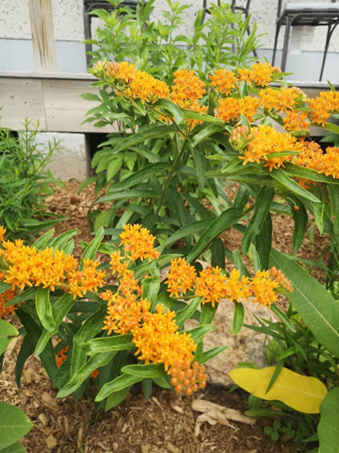
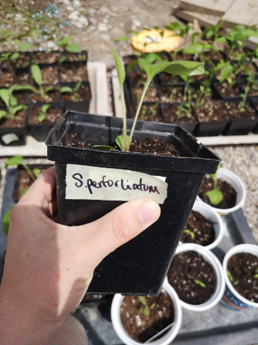
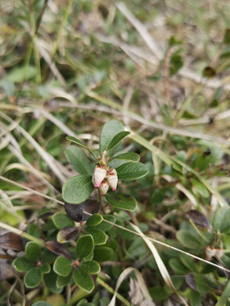
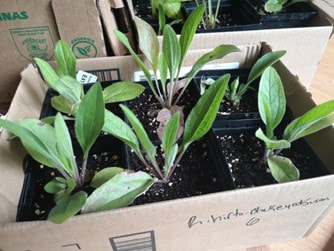
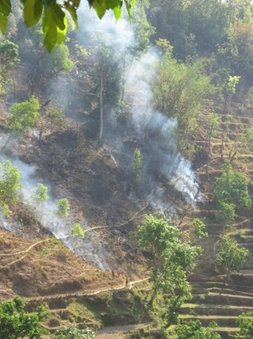
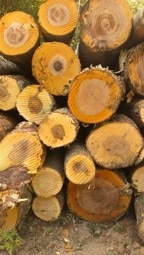

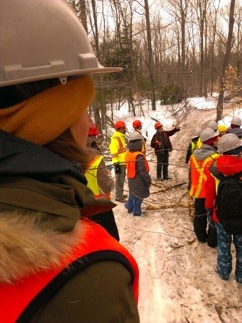


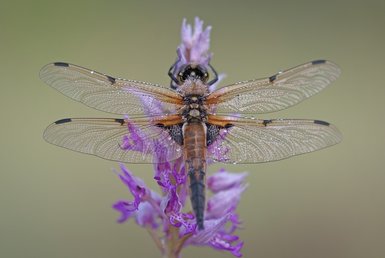

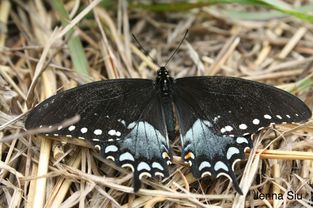
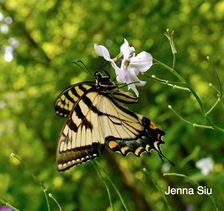
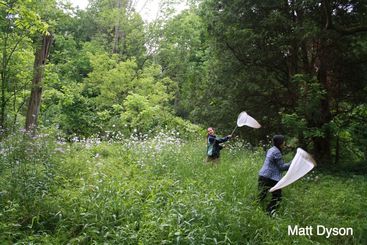
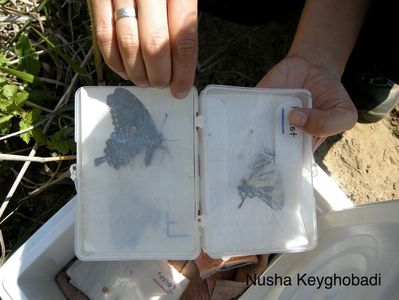
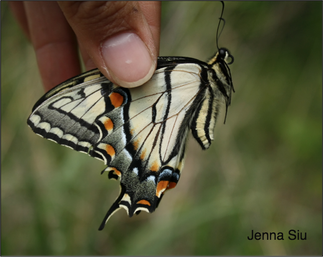
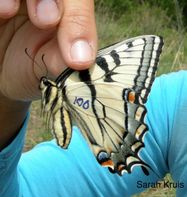
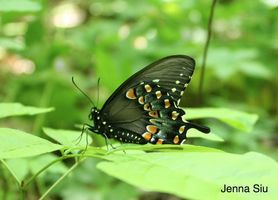

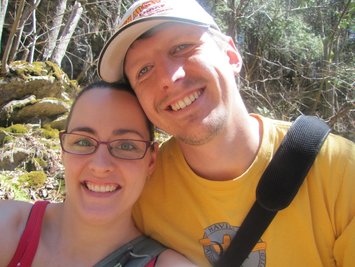
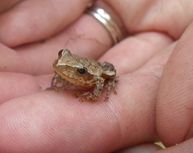
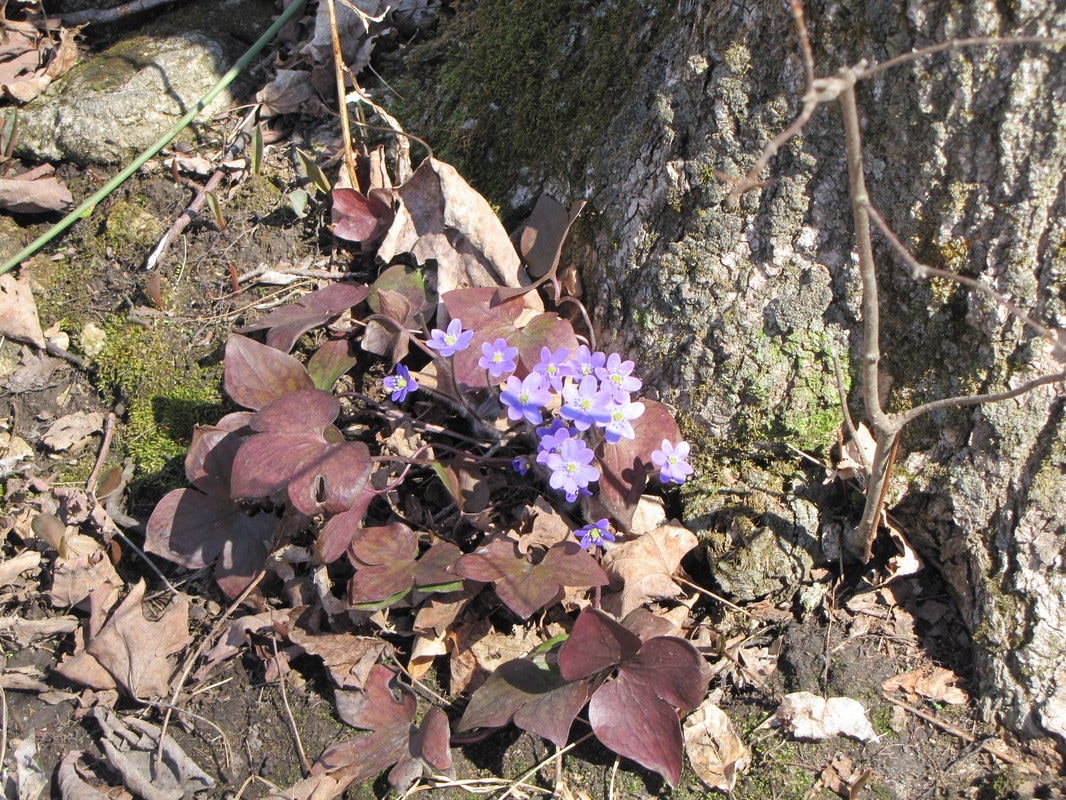
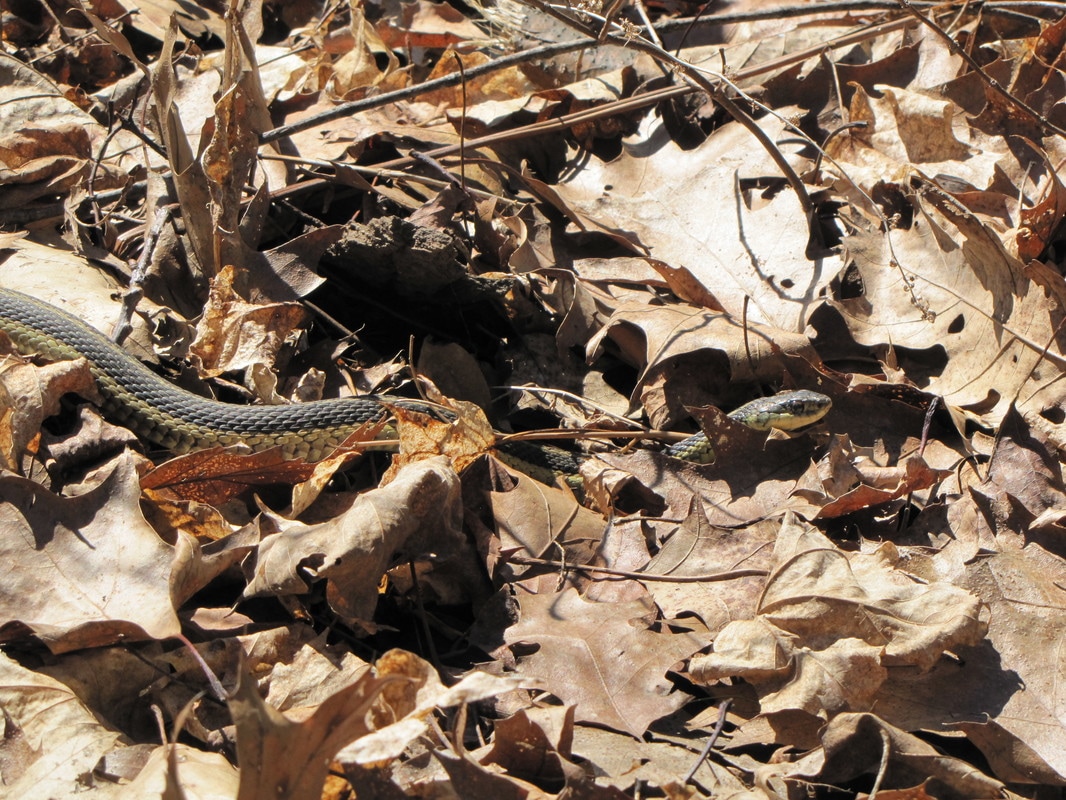
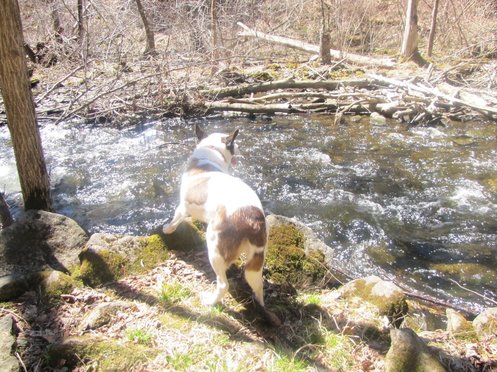

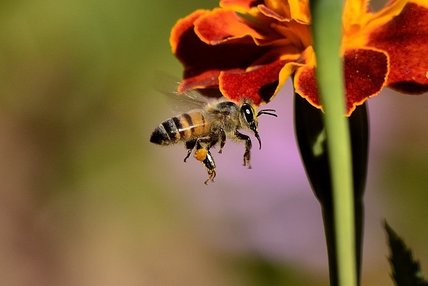

 RSS Feed
RSS Feed